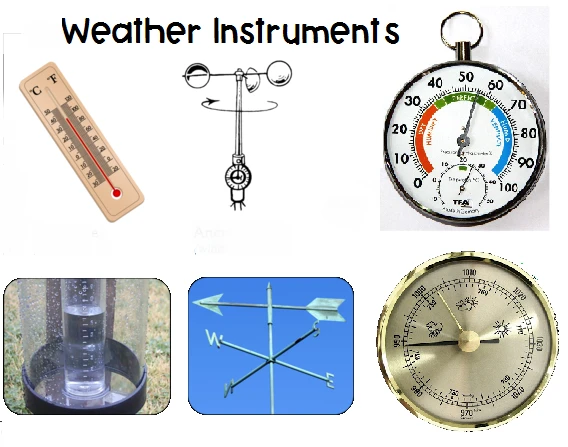
# Weather Instruments: Essential Tools for Meteorologists
Introduction to Weather Instruments
Weather instruments are crucial tools used by meteorologists to measure and analyze atmospheric conditions. These devices help in predicting weather patterns, monitoring climate changes, and ensuring public safety. From simple thermometers to advanced radar systems, weather instruments come in various forms, each serving a specific purpose.
Common Types of Weather Instruments
Below are some of the most commonly used weather instruments and their functions:
Thermometer
A thermometer measures air temperature. It can be a simple mercury-filled glass tube or a digital device providing real-time data.
Barometer
Barometers measure atmospheric pressure, which is essential for predicting short-term weather changes. A drop in pressure often indicates stormy weather.
Anemometer
Anemometers gauge wind speed and direction. They are vital for aviation, marine navigation, and storm tracking.
Hygrometer
Hygrometers measure humidity levels in the air. High humidity can affect human comfort and indicate potential rainfall.
Rain Gauge
Rain gauges collect and measure precipitation over a set period. This data helps in assessing drought conditions or flood risks.
Weather Balloons
Weather balloons carry instruments like radiosondes into the upper atmosphere to collect data on temperature, humidity, and pressure at different altitudes.
Advanced Weather Instruments
Modern meteorology relies on sophisticated instruments for accurate forecasting:
Doppler Radar
Doppler radar detects precipitation, wind speed, and storm movement. It is invaluable for tracking severe weather events like tornadoes and hurricanes.
Satellites
Weather satellites provide global coverage, monitoring cloud patterns, sea surface temperatures, and other atmospheric phenomena from space.
LIDAR
LIDAR (Light Detection and Ranging) uses laser pulses to measure atmospheric particles, aiding in pollution monitoring and cloud research.
Importance of Weather Instruments
Weather instruments play a pivotal role in:
- Improving weather forecasts
- Enhancing disaster preparedness
- Supporting agriculture and water resource management
- Advancing climate research
Conclusion
From ancient rain gauges to cutting-edge satellites, weather instruments have evolved significantly. They remain indispensable for meteorologists, helping us understand and adapt to the ever-changing atmosphere. Investing in accurate and reliable weather instruments ensures better predictions and a safer future for all.
Keyword: wether instruments